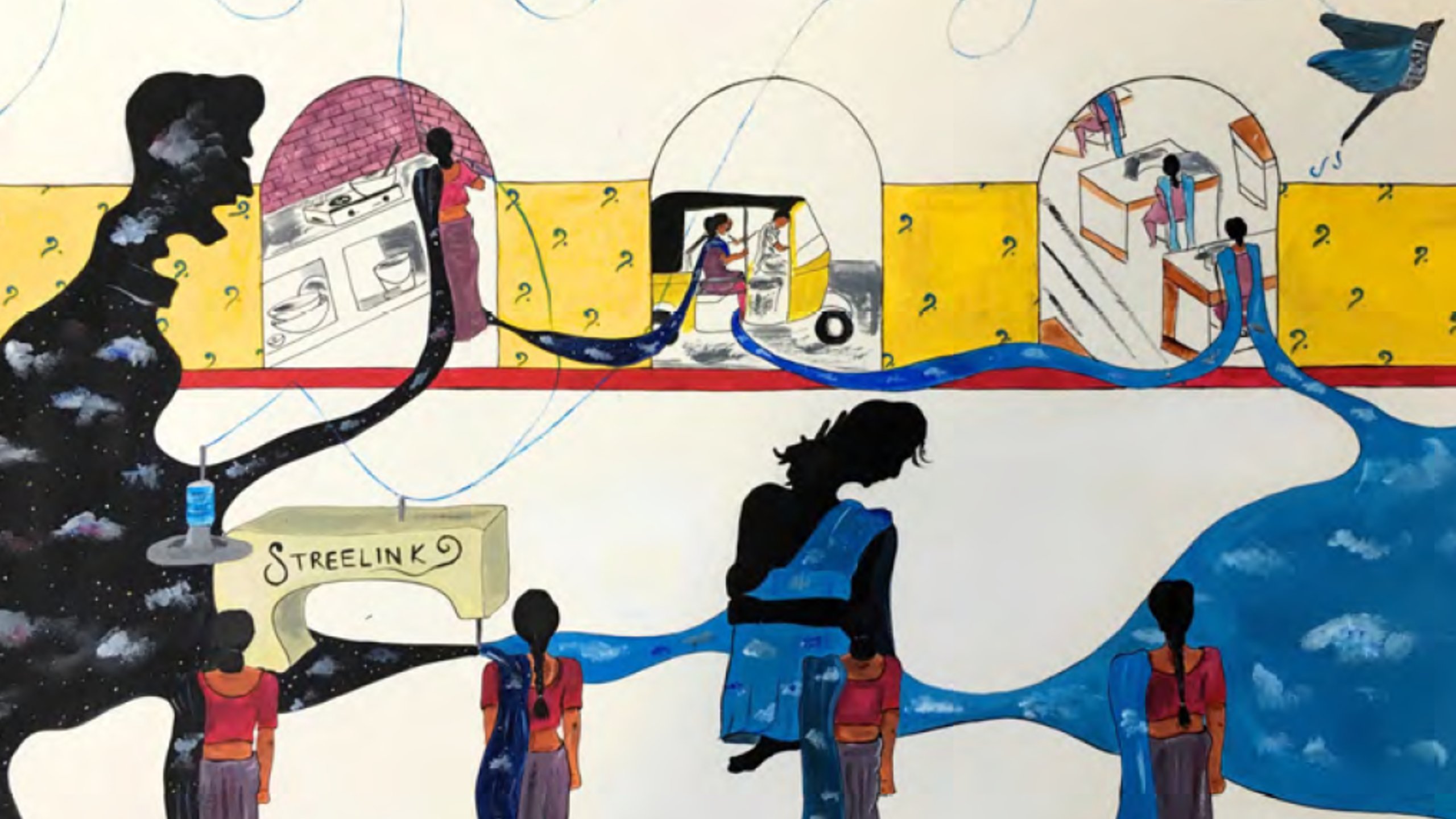There is no quick fix when it comes to gender-based violence
Women Connect - Meet Your Strength (Streelink)
4 December 2020

The goal of the initiative was to improve the lives of apparel workers in certain factories and communities in the National Capital Region (NCR) in India by addressing gender-based violence
The key objectives of the initiative were:
- To establish a workplace where there is no gender-based violence (GBV) and sexual harassment (SH) by developing the capacity and leadership of women apparel workers in Delhi and NCR
- To build a just and transformative workplace within the apparel industry that is sensitive to gender rights
Facts:
Partner: Breakthrough
Investment: EUR 450,000
Duration: 2017-2020
Geographic region: Global
Results
The initiative gave women apparel workers the confidence to speak out on GBV in two target factories, but also highlighted that more action was needed
- The initiative created opportunities and presented validation to women workers to speak about their experiences regarding subtle forms of gender-based discrimination, GBV and SH. About 80% of the factory workers in the endline survey could recognise at least three forms of GBV and potential solutions, while 98% of women workers in the endline survey were confident in reporting SH instances at the factory floor. A total of 89% felt that there would be a resolution to complaints raised
- While enhanced awareness of GBV led to increased confidence workers in dealing with the situation in terms of reporting to formal mechanisms, deep-rooted mindsets remained unchanged
- Sensitisation approaches for women workers on all forms of violence and gender-based discrimination through Streelink melas (carnivals on Sundays once every two months) using edutainment tools was effective at spreading awareness in an easy yet comprehensive way. However, the 21 Streelink melas for 5,432 workers including 450 supervisors, were ultimately inadequate in building agency as the women workers participated only once. In addition, there was no reported evidence of collective action at the factory and community levels
- Training held for factory personnel was relevant but insufficient to influence mindsets of factory HR teams. The initiative successfully established a new Policy on Prevention of Sexual Harassment (POSH) policy for the two factories and introduced the policy to management for enforcement, leading to the formation of the Internal Committee (IC) on SH in both the factories. Anecdotal evidence reported significant, positive differences in the factory floor environment in the last two to three years
The initiative had mixed results at community level and in terms of promoting advocacy with industry associations
- Effective communication methods were employed for community mobilisation to raise awareness on GBV through pop culture and street plays, however feedback from participants indicated the need for sustained engagement to build an efficient response and support system to prevent gender-based violence within communities
- There was no positive outcome regarding advocacy with industry associations as had been intended, to increase awareness and action by factory management and workforce on GBV and SH@WP. However, the initiative contributed to the addition of domestic violence and impact on workplace harassment at an international level within ILO’s Violence and Harassment Convention 2019 (C190)
What did we learn?
Laudes Foundation
GBV requires a strong, long-term approach
- Unrealistic target setting coupled with short duration grants are not feasible for changing narratives
- Behavioural and mindset changes targeting women and men require at least three years of sustained intervention
For Partners & Others
Initiatives must – and can be – more effective
- Acknowledging and understanding the specific contexts where initiatives are to operate is essential when designing relevant approaches for achieving impact
- One-time use of edutainment tools and carnivals are not helpful to spread awareness on sensitive issues such as gender-based violence. Approaches that include men and multiple engagement are vital for a comprehensive response to gender-based violence
- Building rapport and trust with industry associations necessary for effective advocacy takes time
